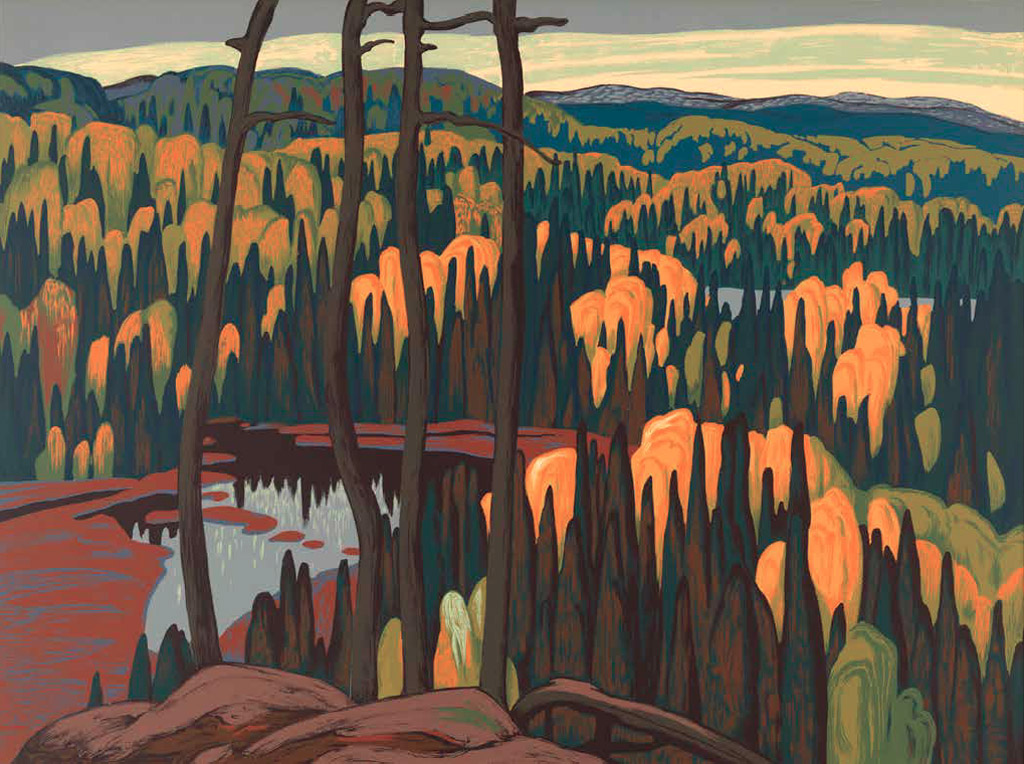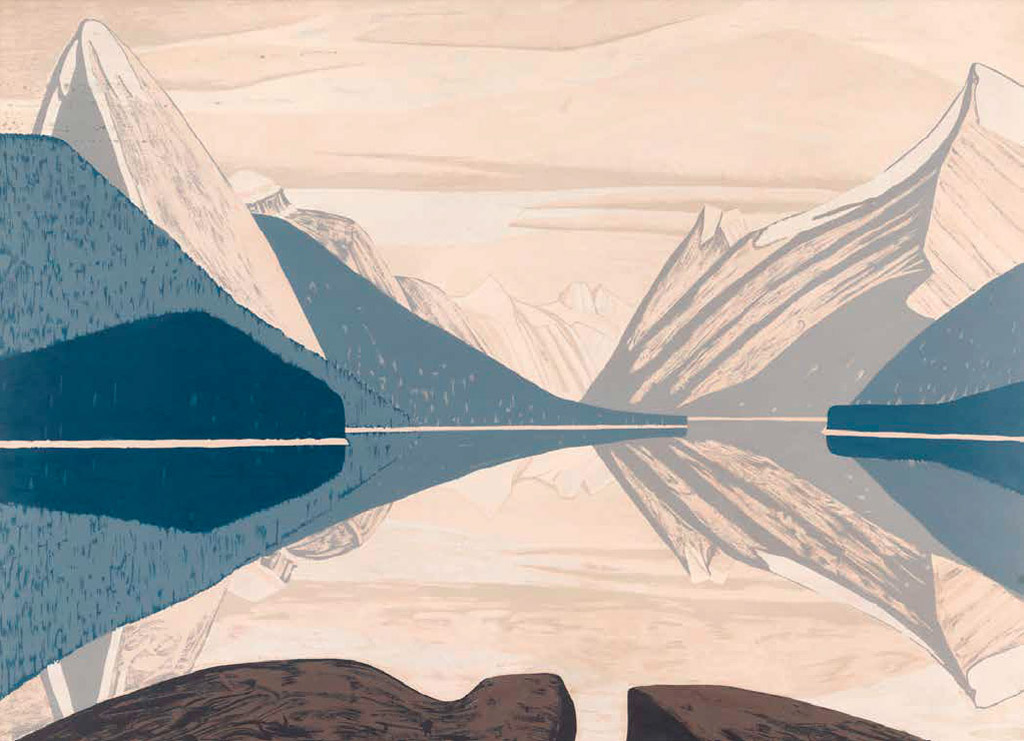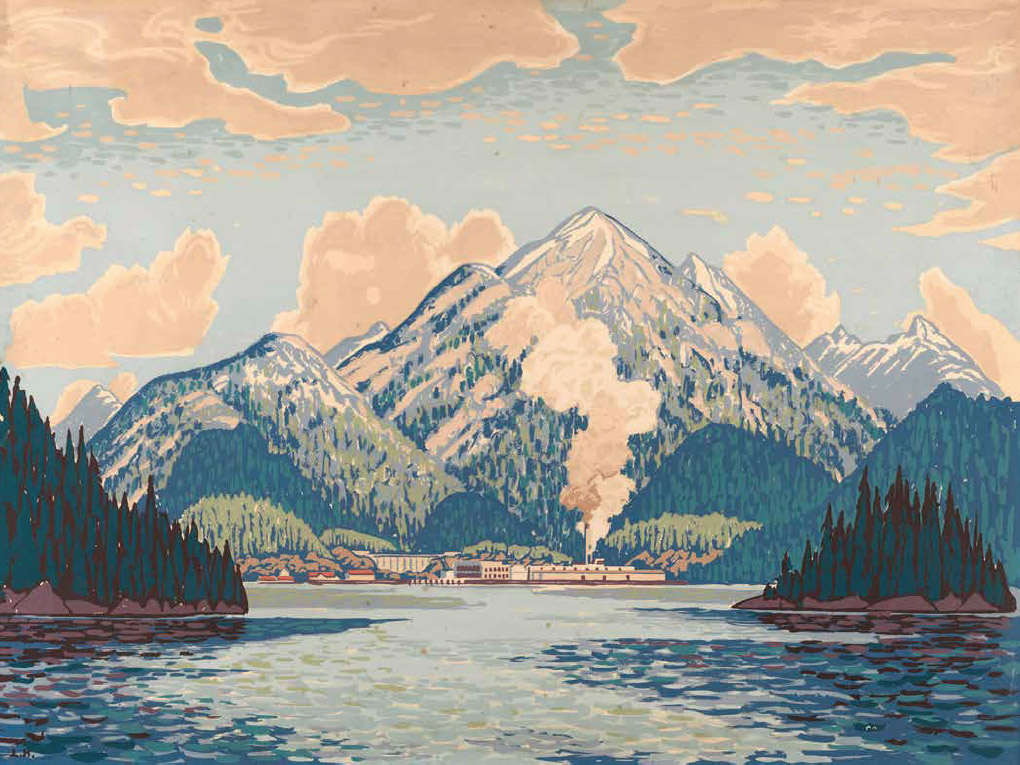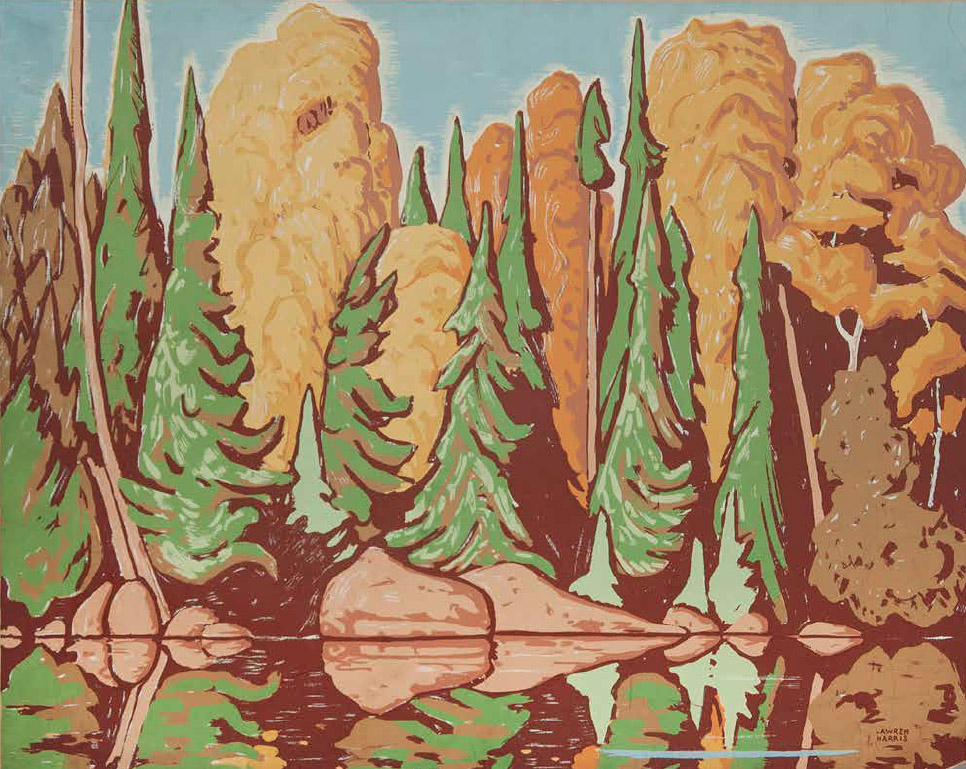Canadian artist Lawren Stewart Harris is best known as a member the Group of Seven, and is considered the main driving force that brought together and joined the varying talents and temperaments which formed the Group. He was also the founder of the now famous Canadian Group of Painters which succeeded the Group of Seven in 1933.
During the 1920s, Harris’ works became more abstract and simplified, especially his stark landscapes of the Canadian lakes, forests, and arctic. He attended the Central Technical School and St. Andrew’s College in Toronto, and then began studies in Berlin at the age of 19.
He was interested in philosophy and eastern thought, and later joined the Toronto Lodge of the International Theosophical Society. With J. E. H. MacDonald, Harris financed boxcar trips for the artists of the Group of Seven to the Algoma region. Harris, MacDonald, and the rest of the Group of Seven members were passionate about their trips to Algoma and Lake Superior.
Harris was so passionate about the Northern Canadian landscape and fascinated by the Theosophical concept of nature that he returned annually for the next seven years. There he developed this style in which he is typically best known for.
In 1940 he moved to Vancouver, British Columbia, where Harris entered his abstract phase that would carry him throughout the rest of his career. He was influenced by the Russian Wassily Kandinsky’s art, and he subsequently incorporated symbolic color into facets of his work. The yellows and blues held a mystical significance; yellow for intelligence and blue for conveying spiritual illumination.
Lawren Harris’ abstractions were the breakdown of light, colour, and shape that can be seen in his paintings. ‘Algoma Country’ is a complete expression of his many painting trips to Algoma. The incorporation of many fields of view leads the eye dancing through the landscape, yet physically blocks the journey with lifeless trees in the foreground. The autumn colors remind us that nature is cyclical.
Harris’ life spanned eighty-five years, and in that time his philosophy constantly moved him to explore new approaches towards his existence and his art. In 1969 he was made a Companion of the Order of Canada. Lawren Harris died in Vancouver in 1970 as a well-known artist, with his work in many national and international collections and museums.



